Following significant changes to driving performance in F1 22, resulting from the sport’s renewed focus on ground effect, F1 23 game aims to refine these elements while incorporating new content that players had requested in the previous year.
The F1 game franchise comes back stronger than before. There are numerous new features, the driving experience is improved, and unquestionably, the game feels more comprehensive.
A little word of warning first: If you are accustomed to the more simulation-oriented gameplay of F1 22, be prepared for some adjustments in this edition. Otherwise, you may find yourself either driving too slowly around the track or losing control and crashing into walls.
The Gameplay
EA Sports has extensively discussed the “significant upgrade” implemented in handling and physics, and it will require some time to fully grasp and adapt to these changes. Various aspects have been refined, such as the torque delivery from the car’s engine to enhance acceleration and improve traction at lower speeds. Additionally, the impact of curbs and rumble strips on the track’s driveability has become far more pronounced. All these modifications necessitate a learning curve.
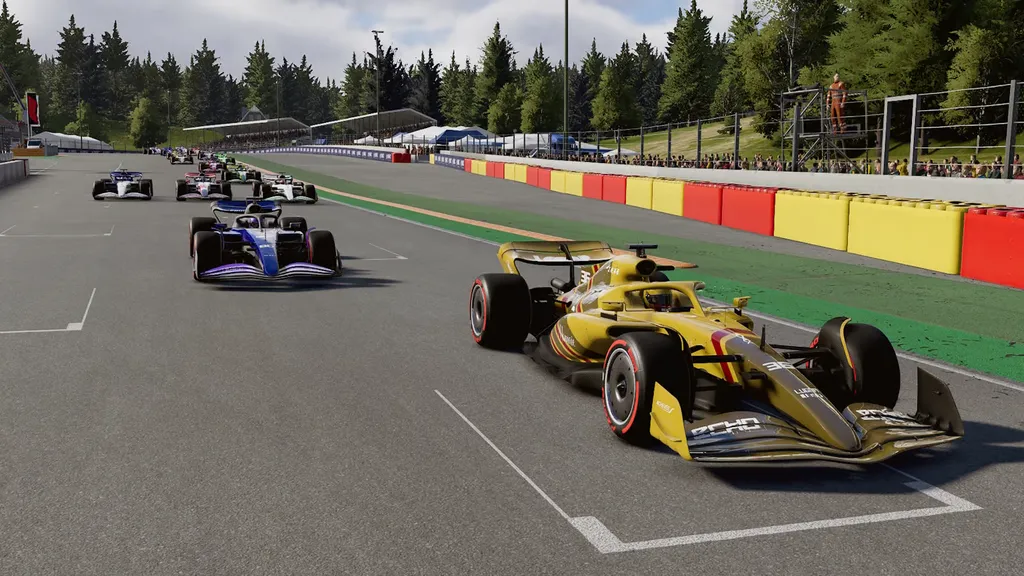
Various minor adjustments have also been made, such as refining the physics of how a car’s tire interacts with the track surface and improving the aerodynamics when slipstreaming a car ahead. All of these changes contribute to a grounded driving experience with more predictable behavior from the vehicles. Once you become accustomed to these adjustments, F1 23 game feels significantly better than its predecessor, F1 22. However, it does take some time to adapt and become familiar with the new mechanics.
Players who don’t have the space or resources for a full racing wheel setup in their homes will also notice improvements, thanks to the implementation of Precision Drive controller technology. While EA’s explanation of this feature has been somewhat unclear, I can provide a better summary. Essentially, everything feels more precise and responsive. Steering inputs can be more finely controlled, particularly in gentler corners, and the enhanced physics modeling enhances the predictability of the car’s behavior. As a result, you can confidently accelerate out of tighter turns.
The F1 23 game features RPG elements
There is a myriad of changes in the F1 23 game. The focal point of these additions is the inclusion of F1 World. Seeing the familiar virtual living room as the first menu and creating an avatar brings back memories of F1 22’s F1 Life, which was largely redundant and seemed to prioritize microtransactions.
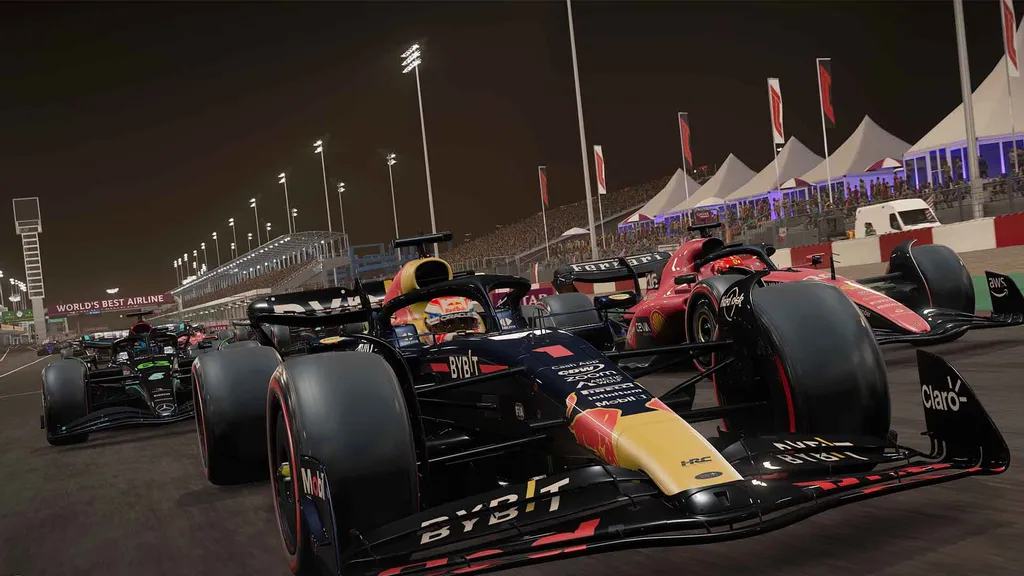
However, this time around, F1 World offers a much deeper experience. It feels more integral to the overall game, bringing together all the different modes under one user interface. It provides accessible explanations to help players dive right into the action and even introduces RPG elements of game progression to enhance your car’s performance.
Certainly, the option to purchase credits for in-game cosmetics still exists, but the frequency and prominence of such transactions have been significantly reduced due to the abundance of new content. The inclusion of daily, weekly, and seasonal events provides ongoing engagement, and participating in these events rewards players with points that can be used to enhance their tech level. These upgrades can be applied to either their car or their team.
This logical progression system ensures that as your driving skills improve, your car’s performance also advances, unlocking more challenging events along the way. F1 23 effectively keeps players immersed in the game by offering balanced competition, similar to how Gran Turismo 7’s Sport mode emphasizes driver skill and safety through its own rating system.
What’s even more appealing is that players are not restricted to multiplayer for these events; they can be enjoyed in solo mode as well. This means that if you prefer to avoid the potential chaos of online lobbies, you can still fully enjoy and benefit from this mode.
The Story
The return of the Braking Point single-player story mode is a notable addition. Codemasters has invested considerable time and effort into updating this mode, introducing a captivating new storyline and incorporating new decision-making elements that have a direct impact on the on-track action.
Players once again assume the role of Aiden Jackson, taking on the role of a driver for the newly introduced team, Konnersport. The story unfolds with numerous unexpected twists and turns, including the reappearance of rival Devon Butler, who becomes your teammate due to his affluent father’s financial support. Additionally, a talented female F2 driver poses a strong challenge for a spot on the team, adding further intrigue to the narrative.
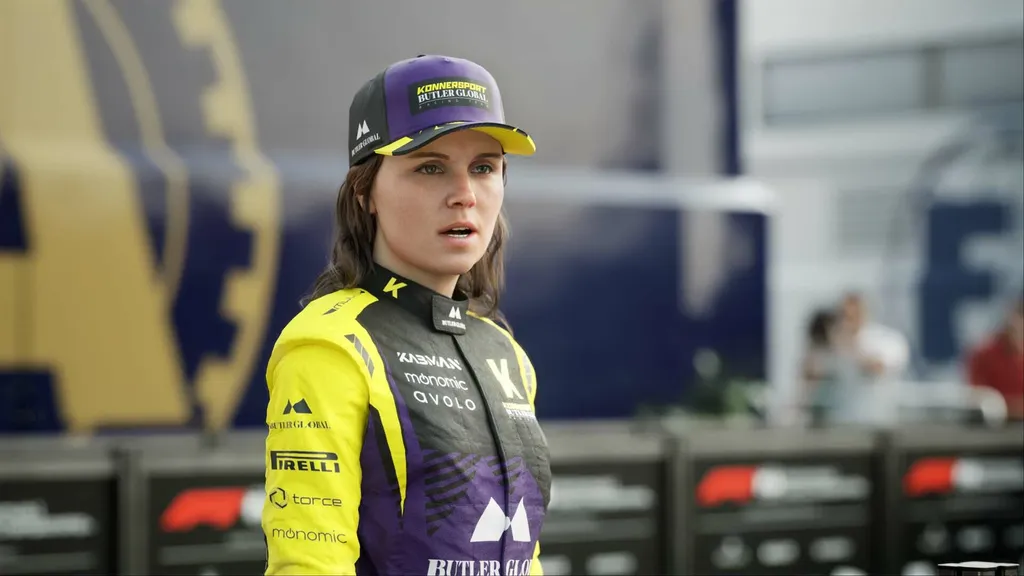
To maintain the momentum of the narrative, specific objectives are assigned for each race, aiming to enhance both your performance and reputation levels. The outcomes of post-race interviews and decisions made in team management also influence these aspects and can even alter the missions assigned for the Grand Prix. This dynamic framework introduces a sense of player agency within the confines of a tightly woven storyline.
Furthermore, the story mode is enhanced by its sleek and cinematic presentation, featuring impressively executed acting performances that surpass expectations for a sports game. The overall experience leaves players yearning for an annual occurrence of such quality in every game. The plea to EA is to refrain from making this a biennial addition, but rather to include it consistently in their releases.
The Performance
F1 22 was certainly demanding on any system. However, the F1 23 game pushes boundaries even further by offering improved fidelity on specific textures and providing more ray tracing options, resulting in a visually stunning presentation.
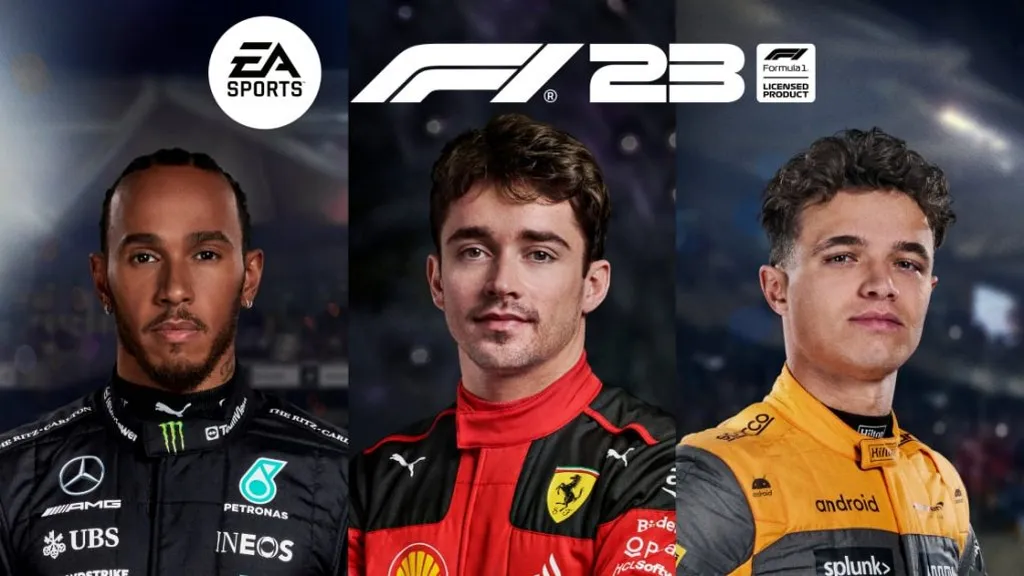
The game’s attention to detail shines through as the sun casts realistic shadows on your car and the track, raindrops streak off the screen, and the ray-traced lights of Vegas illuminate the night sky, creating an immersive experience. The audio design has also received additional attention, with the sound of your car’s downforce bottoming out and intricate sound details that help establish a rhythm for hitting revs before brake markers.
What truly impressed me is the wide range of settings available for customization, which have a more pronounced positive impact, particularly on less powerful machines. In other words, even if you have a system that is 3-4 years old, you can still enjoy the game to its fullest.
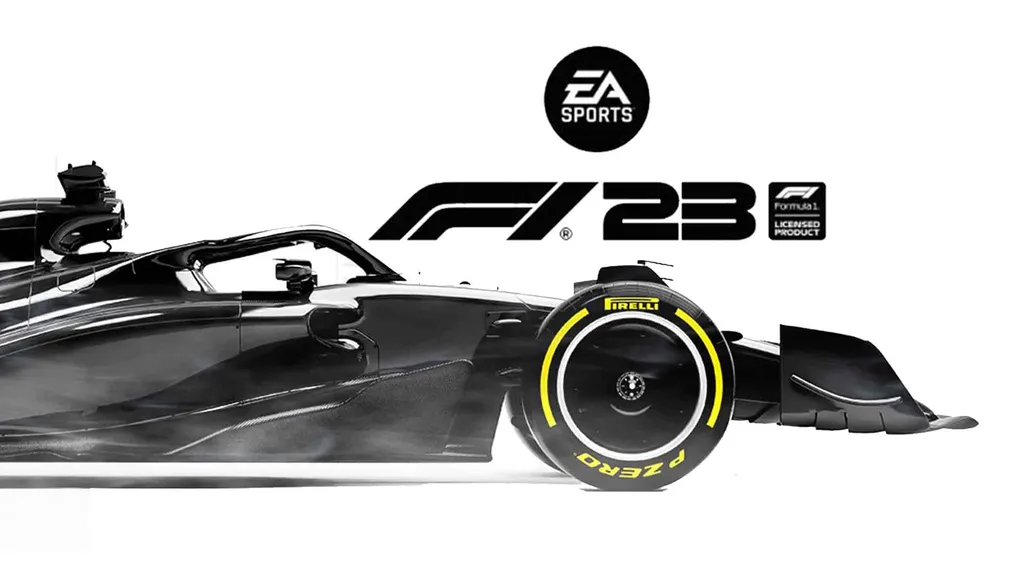
When racing at speeds exceeding 200 MPH alongside 19 other cars, the typical artifacting caused by AI frame generation became more apparent, especially when certain objects interacted with the scenery and on-screen UI elements. However, the activation of ray tracing did not introduce any noticeable latency, and considering the importance of frame rate in racing games, this served as an excellent workaround.
The Verdict
Adapting to the changes in the F1 23 game may take some time. However, once everything falls into place (and with a few adjustments to steering sensitivity), the experience becomes incredibly satisfying, leading to a strong attachment. Additionally, there are numerous features available to help familiarize yourself with the new physics, including regularly updated online events in both multiplayer and single-player modes, as well as the captivating Braking Point story mode.
The overall presentation maintains its sleekness, and the subtle adjustments made to in-car audio add an extra layer of realism. Furthermore, with increased depth in graphical settings customization, you can easily optimize the game to run smoothly without encountering any issues.
In summary, F1 23 proves to be another outstanding addition to the F1 series, and it may even be considered one of the unexpected successes of the summer. If you have a passion for car culture and enjoy the dramatic aspects of Drive to Survive, this game is definitely worth your attention.
Also Read:






























